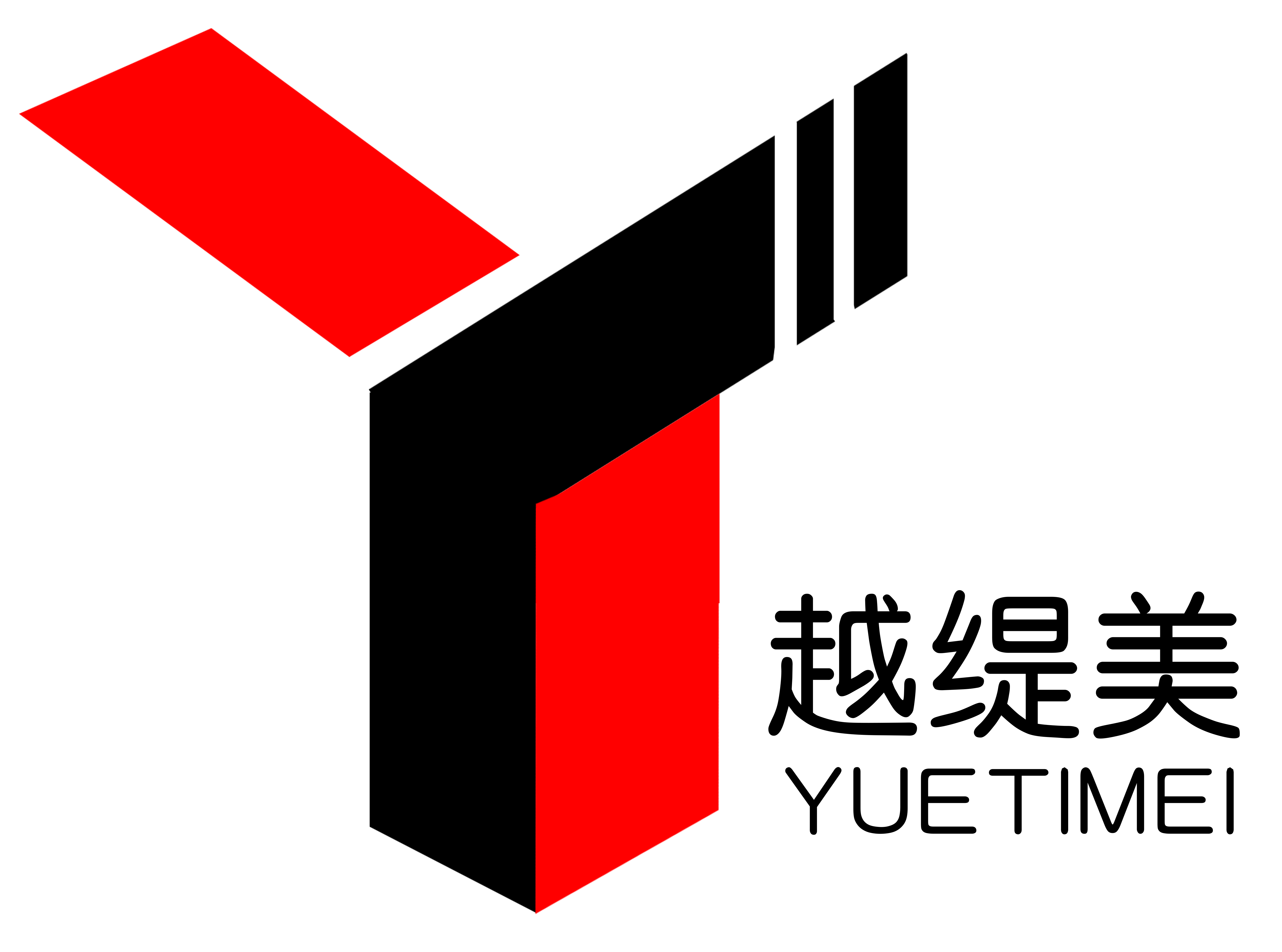Online booking
(Start your customized journey with us)
SCARF: The Secret Ingredient for Industry Solutions
publish time:
2025-07-27
Discover how the SCARF model can transform your industry solutions and improve workplace dynamics.
Unveiling the SCARF Model
Have you ever found yourself in a workplace scenario where the atmosphere felt heavy, almost like wearing a thick, suffocating SCARF? Well, hold on to your hats, because understanding this model could lighten the load!
What is SCARF?
In the realm of industry solutions, SCARF stands for Status, Certainty, Autonomy, Relatedness, and Fairness. These five domains are crucial for understanding human behavior in a professional environment. They can positively or negatively impact how we interact, collaborate, and innovate. So, grab a cup of coffee, and let’s dive deeper!
Status: The Hierarchy Dilemma
Status refers to our relative importance to others. In many industries, feeling on top of the game is vital. When team members feel their status is threatened, it can lead to anxiety and defensiveness. Have you noticed how a simple shift in team dynamics can spark tension? That’s the status game at play! To foster a harmonious environment, it’s essential to recognize and validate everyone’s contributions.
Certainty: The Crystal Ball Effect
Next up is certainty. In a world that’s constantly changing, who doesn’t want a little predictability? Uncertainty can lead to chaos and confusion. Think of it this way: when employees are unsure about their roles or the company's direction, their productivity plummets. Providing clear communication and setting expectations can work wonders in boosting morale and efficiency.
Autonomy: The Freedom Factor
Now, let’s chat about autonomy. This one's a biggie! People thrive when they feel they have control over their work. Micromanagement? No, thank you! Instead, giving employees the freedom to make choices not only enhances job satisfaction but also fuels creativity. A little trust goes a long way—after all, who doesn’t want to feel like a captain at the helm of their ship?
Relatedness: Building Connections
Here’s where the magic happens. Relatedness is all about connection and belonging. It’s crucial for teams to bond and form healthy relationships; otherwise, you might as well be working alongside robots! Encouraging team-building activities, open communication, and collaboration can help nurture a sense of community. Remember, a workplace that feels like home can do wonders for morale!
Fairness: The Gold Standard
Last but not least, let’s not forget about fairness. Everyone wants to feel they’re treated justly. Perceptions of bias can create rifts and resentment. To cultivate a fair workplace, transparency is key. Open discussions about policies, promotions, and evaluations can help everyone feel valued and respected.
Implementing the SCARF Model in Your Industry
So, how do we apply SCARF in real life? It’s simpler than you might think! Start by assessing your team dynamics. Are there areas where status or certainty is lacking? Are employees feeling autonomous or micromanaged? By identifying these pain points, you can implement strategies to address them. Regular feedback sessions, team-building exercises, and transparent communication can make a world of difference.
Real-Life Success Stories
Companies that have embraced the SCARF model often report higher employee satisfaction and improved productivity. For instance, a tech startup that integrated SCARF principles into their management practices saw a 30% increase in overall team performance. That’s no small feat! Just imagine the possibilities when you harness the power of SCARF in your organization.
Wrapping It Up
In a nutshell, SCARF is not just a trendy acronym; it’s a powerful tool for enhancing workplace dynamics and fostering industry solutions. By focusing on status, certainty, autonomy, relatedness, and fairness, you can create an environment where everyone thrives. So, take a step back, evaluate your workplace culture, and make those necessary adjustments. You’ll be amazed at the transformation!







